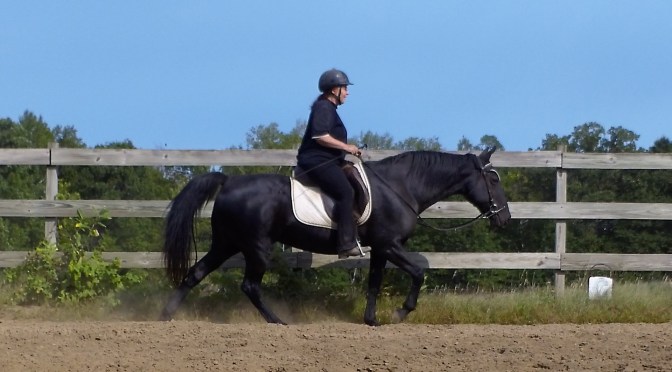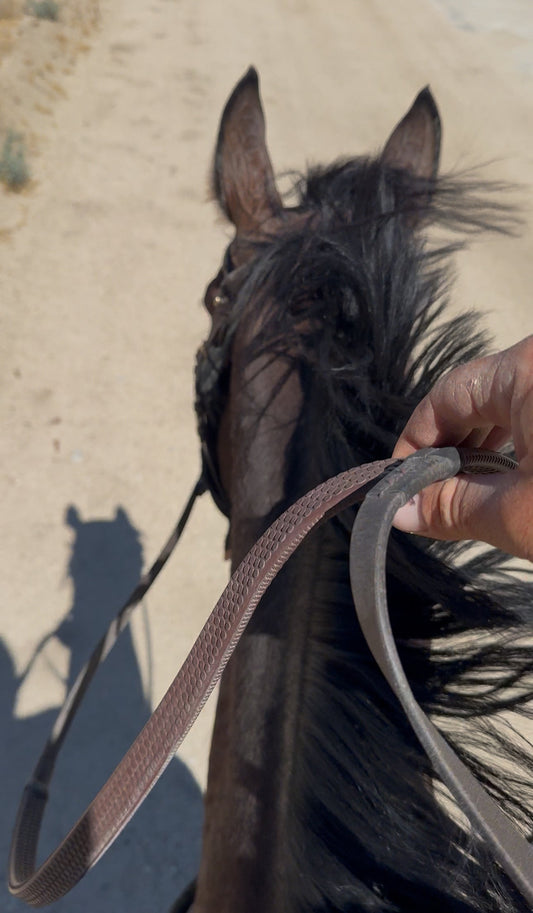How to Ride a Horse on a Loose Rein: A Detailed Guide

Riding a horse on a loose rein is a skill that combines trust, balance, and communication between rider and horse. It allows the horse to move more freely and naturally, promoting relaxation and responsiveness. This article will guide you through the essentials of riding on a loose rein, including preparation, techniques, benefits, and safety tips.
What Does Riding on a Loose Rein Mean?
Riding on a loose rein means holding the reins with minimal tension, allowing the horse to carry its head and neck in a natural position. Unlike tight rein riding, which restricts the horse’s movement, a loose rein encourages freedom and comfort.
| Aspect | Tight Rein | Loose Rein |
|---|---|---|
| Rein Tension | High | Low |
| Horse’s Head Position | Restricted, often high or low | Natural, relaxed |
| Rider’s Control | Direct, sometimes rigid | Subtle, based on trust |
Benefits of Riding on a Loose Rein
- Improved Horse Comfort: Reduces strain on the horse’s mouth and neck.
- Enhanced Communication: Builds trust and subtle cues between rider and horse.
- Better Balance: Encourages the horse to use its body correctly.
- Relaxation: Helps both horse and rider stay calm and focused.
Preparing to Ride on a Loose Rein
- Check Your Equipment: Ensure your saddle and bridle fit well and are comfortable.
- Warm Up Your Horse: Start with gentle walking and trotting to loosen muscles.
- Establish Basic Control: Make sure your horse responds well to voice commands and light rein pressure.
Techniques for Riding on a Loose Rein
- Maintain a Soft Seat: Keep your body relaxed and balanced.
- Use Your Legs and Seat: Communicate direction and speed through leg pressure and weight shifts.
- Keep Hands Steady but Gentle: Hold the reins lightly, allowing slack but ready to respond.
- Observe Your Horse: Watch for signs of discomfort or loss of control.
Common Challenges and How to Overcome Them
| Challenge | Solution |
|---|---|
| Horse Ignoring Cues | Reinforce leg and voice aids consistently. |
| Loss of Control | Gradually shorten reins to regain contact. |
| Rider Tension | Practice deep breathing and relaxation. |
Safety Tips
- Always wear a helmet and appropriate riding gear.
- Ride in a safe, enclosed area when practicing loose rein techniques.
- Have an experienced rider or trainer nearby if you’re new to this style.
Frequently Asked Questions (FAQ)
Q1: Can beginners ride on a loose rein?
A: Beginners can try loose rein riding but should do so under supervision to ensure safety and proper technique.
Q2: How do I know if my horse is comfortable on a loose rein?
A: Signs include relaxed ears, a soft mouth, and smooth, rhythmic movement.
Q3: What if my horse pulls on the reins?
A: Use gentle corrections and reinforce leg aids to encourage responsiveness without harshness.
Riding on a loose rein is a rewarding experience that deepens the connection between horse and rider. With patience and practice, you can master this technique and enjoy a more harmonious ride.
